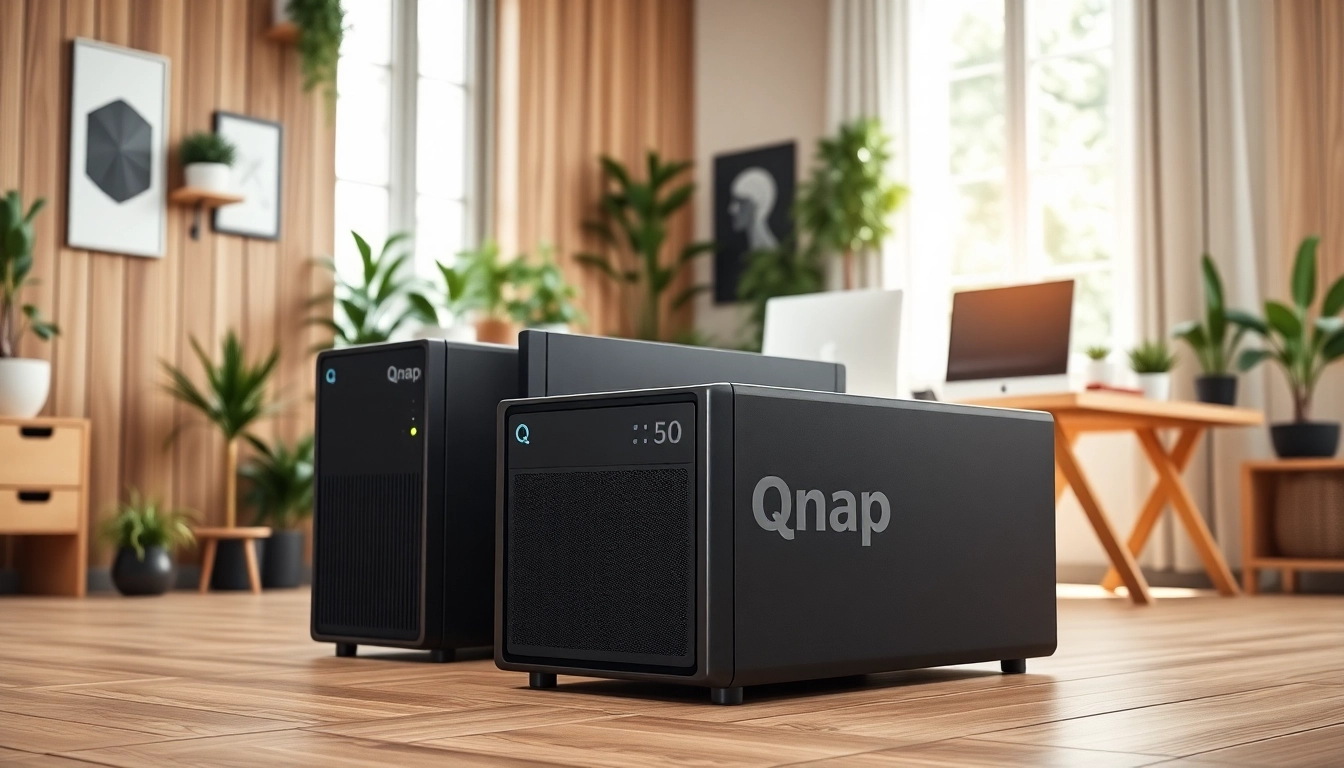Understanding the Dede Game Universe
Overview of the Game Mechanics
The Dede Game is an immersive gaming experience that captivates players with its intuitive mechanics and dynamic gameplay. Players step into a vividly crafted world where strategic thinking is just as essential as quick reflexes. At its core, the game blends elements of action, strategy, and storytelling, creating an environment where each decision impacts the outcome.
One of the standout features of the Dede Game is its user-friendly interface, making it accessible for newcomers while also providing depth for seasoned gamers. The basic mechanics revolve around character selection, resource management, and tactical combat, emphasizing a balance between offense and defense. Players navigate through various levels, each designed to challenge their skills, adapt their strategies, and explore the expansive lore of the game.
Moreover, the game introduces unique mechanics such as combo systems and special abilities linked to each character, allowing for diverse playstyles. Mastering these mechanics is crucial, as the game rewards creative approaches to combat and exploration. Whether it’s engaging in PvP battles or completing quests in cooperative modes, players must utilize their understanding of the game mechanics to gain an edge over their opponents.
To dive even deeper into the captivating realms of adventure and competition, be sure to check out the dede game.
Key Characters and Their Abilities
One of the thrilling aspects of the Dede Game is the roster of characters, each with unique abilities and backgrounds that enhance gameplay. Characters are not just avatars; they are intricately woven into the game’s rich lore, making players eager to explore their stories and strengths.
Each character possesses distinct abilities that align with different playstyles. For example, a character specializing in agility may have speed-based skills that allow them to evade attacks efficiently, while a tank-like character may focus on absorbing damage and protecting allies. As players progress, they can unlock additional skills that enhance their characters’ capabilities, creating diverse strategies tailored to individual preferences.
The importance of synergy in team composition cannot be overstated. Players often find that combining characters with complementary abilities leads to more effective strategies. For instance, pairing a character with healing abilities alongside a DPS (damage per second) specialist can create a powerful combination during multiplayer battles or challenging missions.
Ultimately, engaging with the character roster not only deepens the gameplay experience but also encourages players to experiment with different strategies, fostering a richer understanding of the game mechanics and the overarching narrative.
The Storyline and Lore Behind Dede
The world of Dede is as captivating as its gameplay. Set in a beautifully crafted universe, the game narrates a story filled with myth, conflict, and alliances. Players embark on epic quests, encountering various factions, each with its unique backstory and motivations.
The lore of Dede draws players in with its depth and complexity. From ancient prophecies to growing tensions between rival factions, the narrative offers layers to uncover at every turn. The characters’ backstories intricately weave into the main storyline, allowing players to connect with them on a personal level. This engagement not only enriches the gameplay but also enhances the emotional stakes of their journey.
As players progress, they can explore side quests that provide extra context and personal narratives, deepening their immersion in the world of Dede. Hidden lore elements reveal secrets and enrich the gaming experience, calling players to uncover every detail of the extensive universe.
Game Strategies for Success
Top Tips for Beginners
Entering the world of the Dede Game can be an exhilarating yet challenging experience. For beginners, developing a solid foundation of strategies can significantly enhance gameplay. One of the first tips for new players is to familiarize themselves with the basic mechanics. Understanding how to effectively maneuver through the game, manage resources, and utilize character abilities will provide a significant advantage right from the start.
Another essential strategy is to engage with the game’s community. Many experienced players share valuable insights, tips, and tricks that can help newcomers navigate challenges they may face. Additionally, taking the time to experiment with different characters helps players understand their strengths and weaknesses before committing to a specific playstyle.
Lastly, setting small, achievable goals during gameplay can yield substantial satisfaction and gradual improvement. Whether it’s completing a quest or defeating a particular enemy, having clear objectives allows for focused and intentional play, leading to greater enjoyment and a sense of accomplishment.
Advanced Strategies for Seasoned Players
For the more experienced players, mastering advanced strategies becomes key to excelling in the Dede Game. Understanding the meta-game, including character balances and common strategies employed by opponents, allows for informed decision-making during battles.
Utilizing advanced mechanics such as timed abilities and strategic positioning can greatly impact the outcome of confrontations. Players should focus on creating synergies with their team compositions to exploit weaknesses in enemy teams. Effective communication and coordination with teammates can often turn the tide of battle, especially in timed events and multiplayer matches.
Furthermore, analyzing gameplay data, which may include tracking wins, losses, and character performance, can provide critical insights into personal playstyles and areas for improvement. By continuously iterating on strategies and learning from defeats, players can enhance their skills and remain competitive in the constantly evolving landscape of the game.
Common Mistakes to Avoid
Even seasoned players can fall prey to common pitfalls that may hinder success in the Dede Game. One significant mistake is neglecting character synergy. Failing to create balanced teams can result in weakened performance during quests and battles, as mismatched abilities may not support one another’s strengths.
Another frequent issue is overlooking resource management. Players must learn to conserve health, abilities, and other resources strategically. Running out of abilities at a crucial moment can spell disaster, especially in high-stakes encounters.
Lastly, disregarding opportunities for learning can lead to stagnation in personal skill development. Continuous self-assessment and seeking feedback from more experienced players is essential for growth. Keeping an open mindset encourages exploration of new strategies and adaptability to the game’s evolving dynamics.
The Community and Multiplayer Experience
Connecting with Other Players
The Dede Game thrives on its vibrant community. Connecting with other players is crucial, as it opens doors to cooperative gameplay, team-based strategies, and shared experiences. Whether through in-game chat functions, forums, or social media platforms, finding ways to engage with fellow players enhances the overall gaming experience.
Joining clans or guilds can also be a substantial advantage. Clans often provide not only camaraderie but also additional resources and strategies to help members succeed in game objectives. Participating in clan events, training sessions, and discussions allows players to deepen their understanding and skills while building lasting friendships within the community.
Moreover, many players take to live-streaming platforms to share their gameplay, offer tutorials, and review strategies. Engaging with these content creators provides exemplary insights and can be a source of inspiration for players looking to elevate their skills or simply enjoy entertaining content from others experiencing the Dede Game.
Participating in Online Tournaments
As players progress, many seek to test their skills against others through online tournaments. These events provide a structured environment for players to compete, offering opportunities not only for personal growth but also for recognition within the broader gaming community.
Participation in tournaments demands preparation and understanding of both individual and team strategies. Players should practice consistently to refine their abilities and learn to adapt under pressure. Additionally, reviewing past tournament gameplay can provide insights into common strategies employed by competitors, helping participants remain one step ahead.
Tournaments also present networking opportunities, allowing players to connect with like-minded individuals who may share tips or potential team-up opportunities for future events. Engaging in these competitive landscapes enriches the Dede Game experience while fostering a spirit of sportsmanship and camaraderie among players.
Building a Supportive Gaming Community
A key element of a thriving game like Dede is the community surrounding it. Fostering a supportive environment is essential for enhancing player experiences and psychological well-being. Players can contribute by sharing knowledge, providing encouragement, and helping newcomers navigate complexities.
Hosting events or game nights can strengthen community ties, allowing players to interact beyond the screen. Establishing channels (like Discord) for discussions can create a safe space for players to express their opinions, share strategies, or even vent frustrations. This sense of belonging is significant for enhancing player retention and satisfaction.
Additionally, organizing charity streams or collaboration events provides opportunities to give back to the community while sharing the joy of gaming. Such efforts reflect the values of teamwork and support, highlighting the best aspects of gaming culture within the context of the Dede Game.
Updates and Future Developments of Dede Game
Recent Game Updates and Features
The development team behind the Dede Game consistently works to refine and expand the game experience. Recent updates may include new characters, improved mechanics, seasonal events, or balance adjustments that cater to player feedback and enhance overall gameplay.
Regular patch notes keep players informed about changes and improvements, inviting them to engage with new features and adapt their strategies accordingly. Staying in the loop with updates ensures players maximize their experience and enjoy the latest offerings within the game.
Moreover, thematic events often coincide with real-world holidays or seasons, enriching the gaming landscape and keeping the experience fresh and engaging. The ongoing evolution of Dede showcases the developers’ commitment to delivering quality content and listening to their player community.
Upcoming Events and Releases
As the Dede Game continues to grow, anticipation builds around upcoming events and releases that promise to enrich the gaming experience. Seasonal events, promotional collaborations, or entirely new game modes are often on the horizon, ensuring that players have plenty to look forward to.
Developers frequently tease upcoming features through social media or community announcements, encouraging players to speculate and engage with the evolving storylines and character developments. Maintaining an active interest in these announcements can amplify excitement and create a greater sense of community as players speculate together.
Participating in pre-release testing or beta phases often rewards players with exclusive content or character customization options, further incentivizing engagement with the game. By embracing upcoming events and releases, players can explore new dimensions of gameplay and contribute to the expanding world of Dede.
Player Feedback and Developer Insights
The relationship between players and developers remains a cornerstone of the Dede Game’s success. Developers regularly solicit player feedback, emphasizing the importance of community input in guiding future updates, balancing characters, and enhancing the overall experience.
Player feedback is often collected through surveys or community forums, allowing players to voice their opinions and suggest new features. This process nurtures a collaborative environment where players feel valued and invested in the game’s growth.
Additionally, developers often share insights into their design choices and the rationale behind updates. Understanding the developer’s perspective fosters a deeper connection between players and the gaming experience, creating a sense of pride in being part of a dynamic, evolving community.
Conclusion: Why You Should Play Dede Game
The Unique Features That Set It Apart
The Dede Game stands out as a remarkable entry in the gaming world, appealing to a broad spectrum of players. Its engaging mechanics, rich storytelling, and vibrant community create a unique experience that keeps players returning for more.
From the innovative character abilities to the deep lore that beckons exploration, there’s something for everyone in the Dede universe. The continuous updates and the developers’ commitment to player feedback further distinguish the game, ensuring it evolves alongside its community’s needs.
How to Get Started with Dede Game
Getting started with the Dede Game is simple and rewarding. New players can visit the official site to create an account, download the game client, and dive right into the action. The onboarding process introduces players to the fundamental mechanics while sparking interest in the narrative and characters.
Additionally, engaging with community resources, such as forums or social media groups, provides newcomers with valuable insights and strategies as they begin their journey. The support from the existing community is invaluable, facilitating a smoother transition into the game.
Final Thoughts and Recommendations
In conclusion, the Dede Game offers an extraordinary blend of immersive gameplay, compelling storytelling, and a supportive community. For players seeking a fresh gaming experience filled with excitement and strategic depth, Dede is an excellent choice.
As players explore its vibrant worlds, connect with fellow gamers, and refine their strategies, the Dede Game will undoubtedly cater to both casual and hardcore gaming enthusiasts alike. Whether you are a newcomer or a seasoned player, the adventures that await in this exhilarating universe are bound to leave a lasting impact. Embark on your journey today and discover the endless possibilities within the Dede Game.









